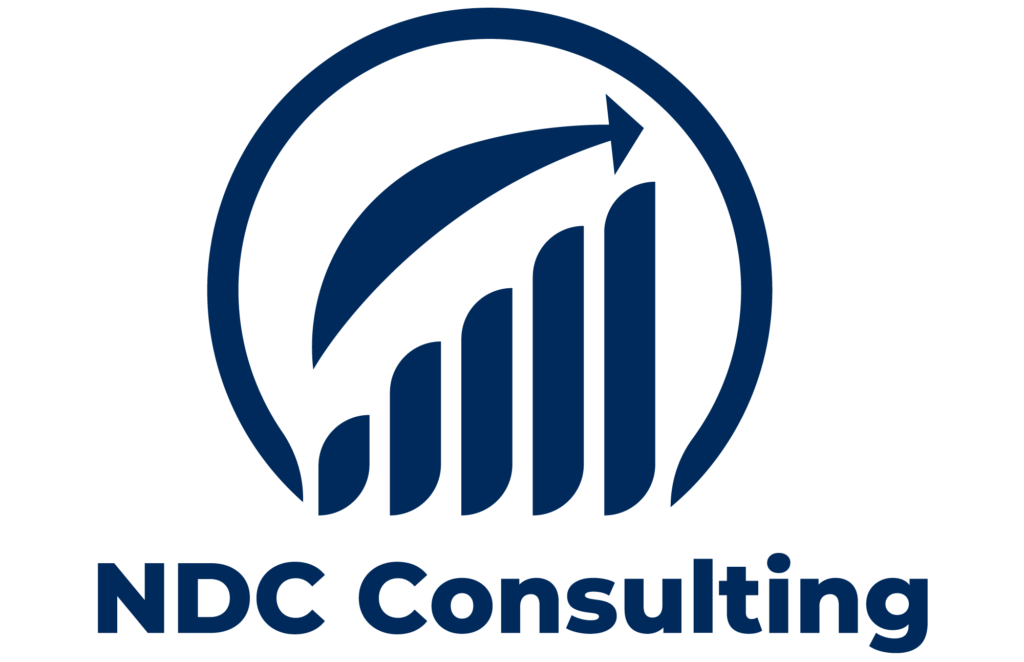
Healthcare risk management is unique in that it involves to the well-being of the patient. In other words, lives are at stake. Regardless matter the expense, an organization’s first priority should always be to protect its staff members.
In the healthcare industry, risk management entails evaluating various factors that could cause harm. The primary goal of effective risk management is to protect employees and patients.
Improving patient care is not just one advantage of a safe work environment. The organization is also protected from potential financial, legal, or reputational damage. It is imperative that this preventive action be taken.
Healthcare risk management identifies threats to the organization’s staff and patients. This minimizes potential dangers and leads to a safer healthcare environment.
Effective Risk Management
Clinical, operational, financial, legal, technological, and human resource-related risks are among them. Effective healthcare risk management begins with identifying these hazards.
CLINICAL RISKS
Clinical risks are any factors that have an effect on patient or healthcare provider safety. This covers mistakes involving anything from medications to surgeries.
The most common, but most preventable, cause of patient injury is medication errors.
Approximately 50% of all medications errors occur when ordering or prescribing medication. Using risk management techniques makes preventing these sorts of errors easy.
OPERATIONAL RISKS
Operational risks are caused by:
- Equipment failures
- Staff shortages
- Poor communication
- Supply chain errors
Equipment failure, insufficient personal protective equipment, and malfunctioning medical devices are examples of equipment failure. Diagnostic device failure is the most dangerous kind of equipment failure. This include CT, MRI, PET, X-ray, and ultrasound equipment.
A patient may receive an incorrect diagnosis as a result of these devices malfunctioning. Serious repercussions follow a misdiagnose. One step that has the power to transform many lives is the use of risk management strategies.
STAFFING RISKS
Operational risks that can be readily avoided include a lack of staff and poor communication. Optimizing staff scheduling can be achieved, for example, by utilizing predictive analytics.
This is examining patient behavior and past admission trends. For instance, it’s important to make plans in advance if a certain holiday weekend has a high admission rate of patients.
TECHNOLOGICAL RISKS
Using technology at work will significantly enhance communication.
A research by the National Library of Medicine demonstrated that doctors and nurses thought the hospital’s communication system worked best when nurses had their own phones.
These phones were used by them to take notes and make help calls. Risk management is essential since it helps ensure improved communication and prevents staff shortages.
FINANCIAL RISKS
Financial risks include fraud, misuse of the budget, and billing problems.
The complexity of medical billing makes these mistakes quite frequent. Duplicate billing, upcoding, and coding errors are a few frequent billing issues. Mismanagement of financial resources and irresponsible spending constitute budget abuse. The repercussions of financial errors can seriously harm your organization.
LEGAL RISKS
Errors in the law could permanently close your business. Medical malpractice, HIPAA infractions, and other dangers are among them.
The potential seriousness of these threats must be made clear to your personnel. An yearly training program about healthcare protocols is essential.
To ensure the security of your company, it’s also critical to document the training. Later on, we shall find out more information about this.
CYBER RISKS
In the field of healthcare, technology is more important than ever. As a result, cyberattacks and problems with electronic health records are more likely to affect the healthcare sector.
It’s important to provide preventive measures and educate your staff about cyberattacks. Cyberattacks can be avoided partially by enforcing risk management procedures like dual authentication and phishing training.
HUMAN RESOURCES RISKS
Risks to human resources include workplace safety, inadequate training, and employee burnout and well-being. Employee burnout can be addressed in a number of ways. Having a flexible schedule is one way. A healthy work-life balance is facilitated by this.
For employees to feel competent in carrying out their duties, they must receive the proper training. There will be an issue in your organization if some employees are excluded from the necessary training. These courses cover topics like malware, human trafficking, and sexual harassment. All of these encourage a safer work environment and have a significant impact on your patients’ or workers’ wellbeing.
These risks can be reduced by appropriate management, regulatory compliance, frequent training, and other techniques. Frequent training can reduce safety-related risks. There’s always something to get better, whether you’re handling legal, clinical, or technical concerns.
It’s crucial to keep personnel informed about new procedures. Employees receive training to remind them of the consequences of breaking rules. These strategies are beneficial in two ways. It firstly makes operations function more smoothly. secondly, it safeguards your organization and its personnel.
Risk Assessments
The process of identifying possible risks for employees at work is known as risk assessment. Sometimes, risk prioritization is used to describe it. Depending on the seriousness of the risk, safety measures must be taken for both patients and employees.
Finding the risks that are most likely to occur is the process of doing a risk assessment. Additionally, it indicates which risks have most severe outcomes.
During this process, unknown or concealed risks become apparent. Risks can only be prevented if they are recognized. For this reason, risk assessment and management play a crucial role in healthcare risk management.
Resolving a prescription error over a billing problem is an illustration of risk assessment in healthcare. Thus, a more serious requirements evaluation is required for the drug error. Patient protection is the first priority, and this is achieved. The billing error is not ignored; rather, it merely modifies the order in which the errors are corrected.
The need of risk assessment in the workplace is now evident. There can be a disaster if all the errors and risks are evaluated in the chronological order that they are discovered. Certain risks are more important than others, particularly when they affect the safety of staff members or patients.
Risk Control and Mitigation
The creation or application of systems, procedures, or processes in the workplace is known as risk control. Risk assessment is followed by risk control and mitigation.
The results will require the implementation of new protocols or procedures.
One of the most important steps is putting new protocols in place for recognized risks. Maintaining the healthcare facility’s operations is crucial, since it safeguards both patients and staff members. The facility could be shut down if you disregard certain risks. Allegations of negligence against the healthcare professionals could lead to their licenses being revoked.
These new protocols could be as simple as coming up with a new password or they could be really complex. Annual training, communication hubs, software updates on a regular basis, and other strategies are examples of risk control techniques. Investing in training promotes appropriate use of technology and equipment and enhances communication.
An additional phase in risk management involves keeping an eye on established norms and procedures. Employers are responsible for upholding procedures and determining when changes are necessary. It is equally crucial to evaluate the effectiveness of risk management methods as it is to put them into practice. For administrators, patient and staff feedback is essential. A patient or staff member should feel free to voice concerns if they feel unsafe.
Patients have firsthand experience with care, therefore it’s important to pay attention to their concerns. One easy way to accomplish this is by using surveys.
Reporting and Documenting
Lastly, documentation and reporting are essential parts of healthcare risk management. By taking this action, you can prevent your company from closing. It is vital to record employees’ completion of specific training once they have finished it. An organization’s exposure to legal risks can be avoided with appropriate documentation.
A cybersecurity attack would be one instance of this. An employee runs the risk of a security breach if they click on a phishing attack. An organization that provides healthcare may suffer from a security breach. The organization could face legal action.
Organizations are immediately better off if they adopted and documented precautions. They can demonstrate that they have taken precautions with the help of that knowledge. As a result, their fine will be reduced or they will avoid difficulty. Up to $100,000 in fines or personal lawsuits may result from a security breach.
Conclusion
In order to protect people and healthcare organizations, healthcare risk management is crucial. A workplace that adheres to the identification, prioritization, control, and documentation processes is safer and more efficient.
By giving priority to these preventative actions, the organization avoids possible legal and financial consequences while also improving patient care. Your company and you could be saved by implementing new training areas or protocols.

